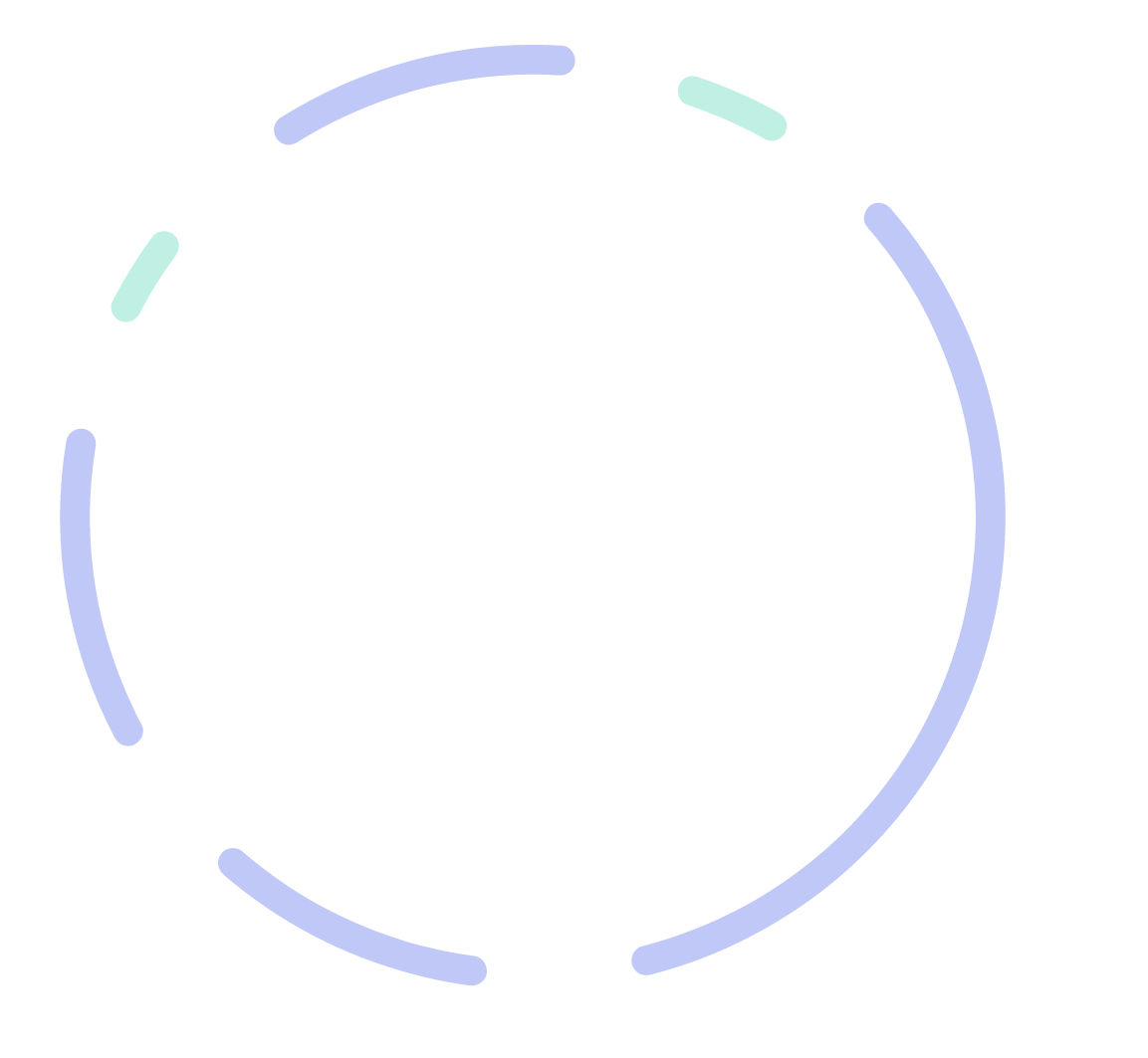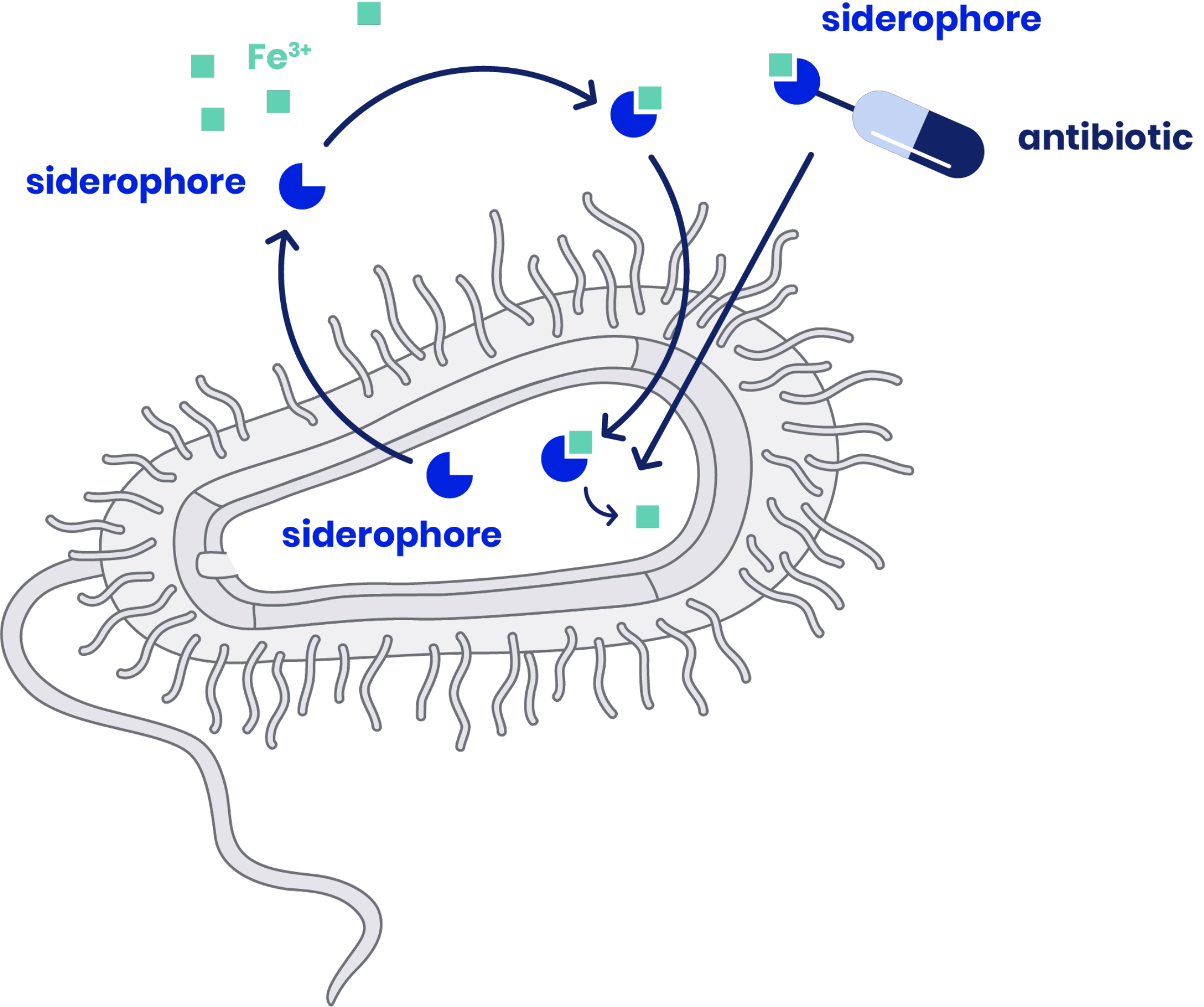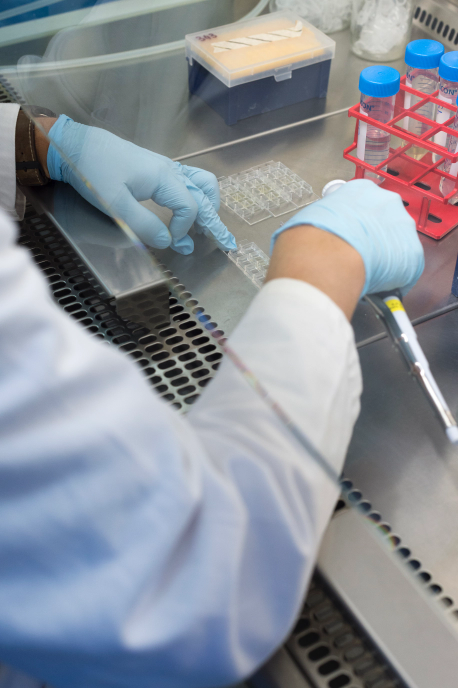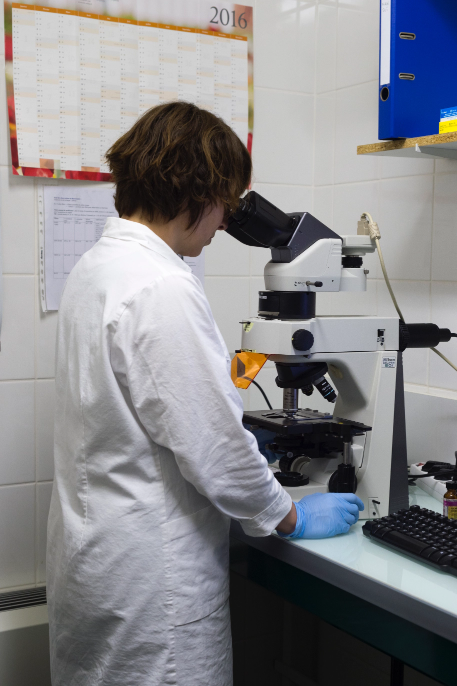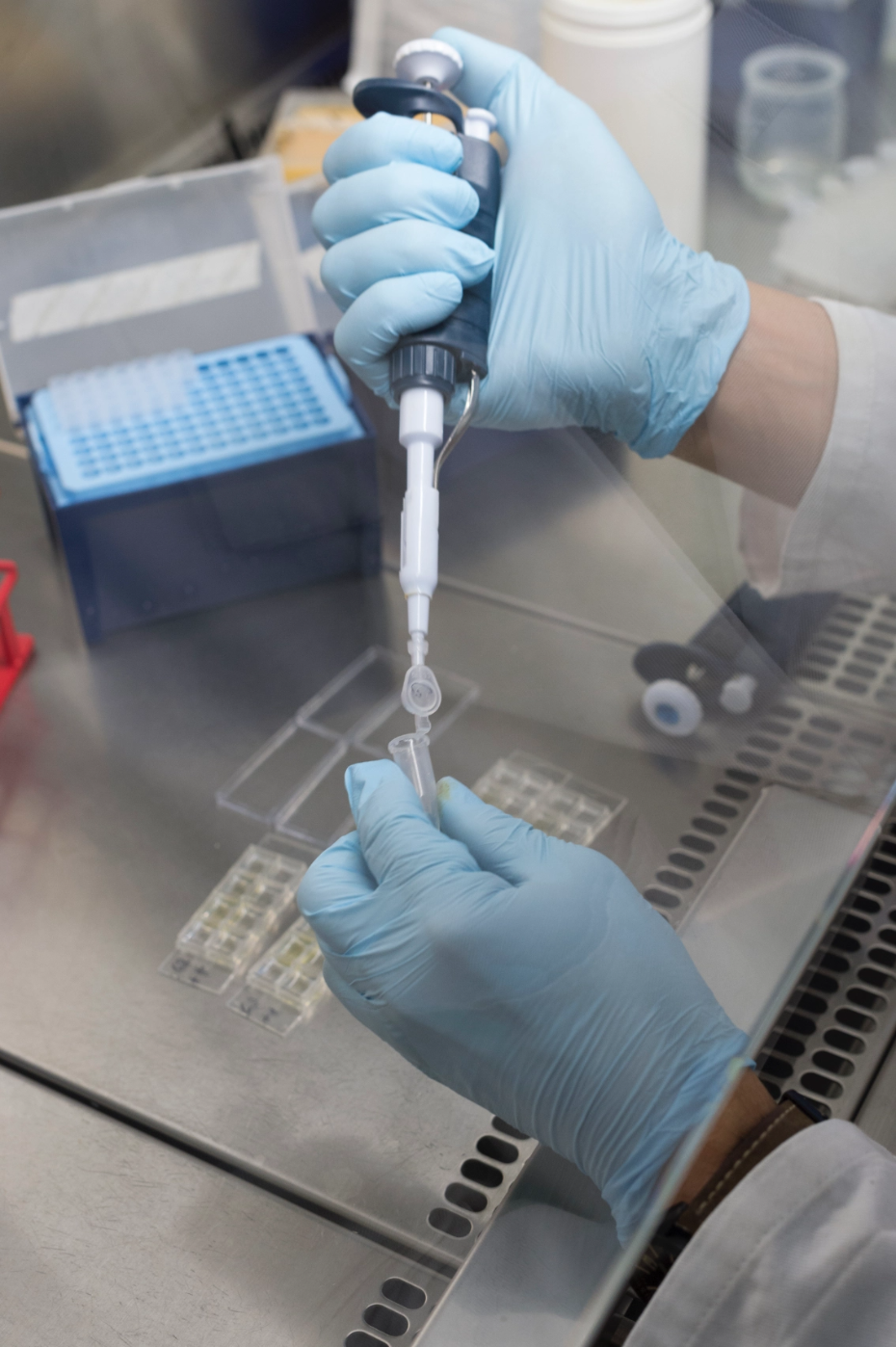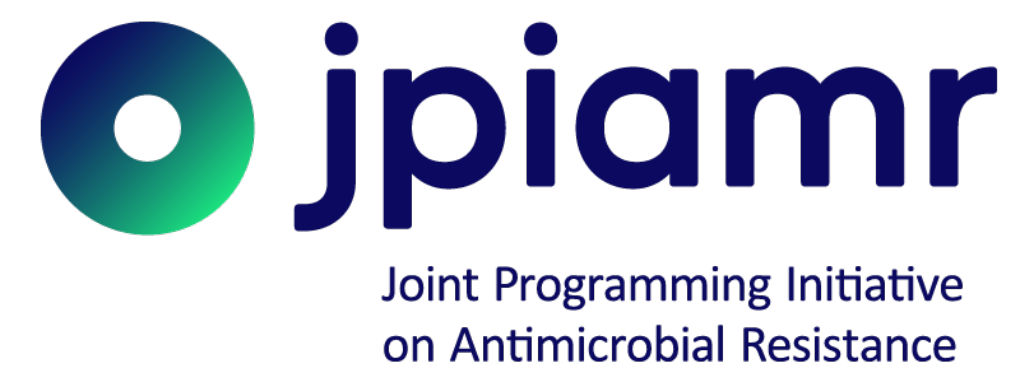About the scan project
Among the challenges of modern medicine is the discovery of new antimicrobials to combat multi-drug resistant pathogens. The situation is more dramatic for Gram-negative bacteria because the outer membrane acts as a very efficient permeability barrier against antimicrobials. One of the bottlenecks in antibiotic development is the ability of the drugs to enter bacteria. Consequently, there is strong need for novel and innovative strategies that overcome the outer membrane permeability as well as tools to diagnose bacterial infections at deep body sites, e.g. on implant surfaces, and these are the two challenges of the SCAN (Siderophore Conjugates Against gram-Negatives) project.
The project is funded by JPI-AMR and involves three partners, each brings a unique and complementary expertise to the project.

